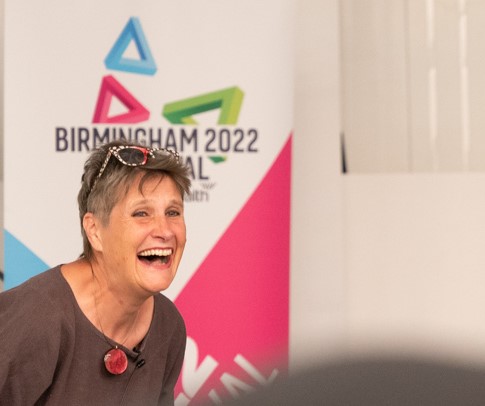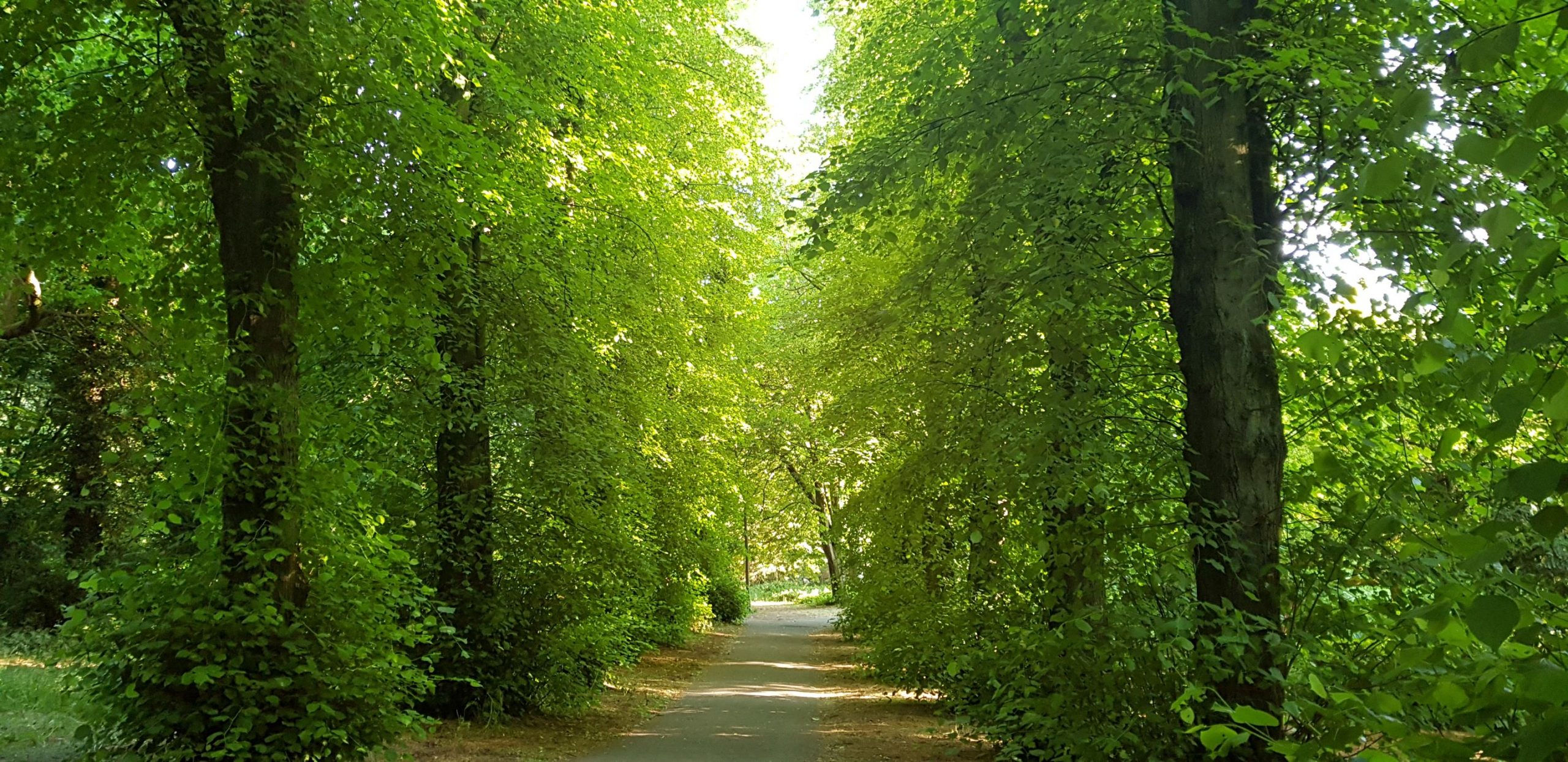Throughout 2022, I had the exhilarating thrill of working for UNBOXED: Creativity in the UK.
It was a helter-skelter-big-wheel-Galactica whirl of a time as the team worked fast, furiously and relentlessly to deliver a programme of ten projects around the UK, none of which had ever been done before.
It was also great fun. I was climbing aboard See Monster, a decommissioned gas platform that had been brought from the North Sea to Weston-Super-Mare and transformed into a garden, waterfall and showcase of renewable energy; I was lying back in Dreamachine, listening to music specially composed by Jon Hopkins, and seeing a dazzling array of patterns, all with my eyes shut; I was dancing with Dandelion under the stars as it inspired the people of Scotland to grow their own food in schools, on windowsills and in unexpected gardens…
Much has been written about the £120m UNBOXED programme that originated in Theresa May’s 2018 Conservative Party Conference announcement of a year-long festival of British creativity and innovation. There’s been a lot of noise about whether UNBOXED was or wasn’t a festival of Brexit, which has been tedious. Soon there will be an independent evaluation of the programme by KPMG, which I expect will be interesting.
I want to write about what UNBOXED has meant to me personally.
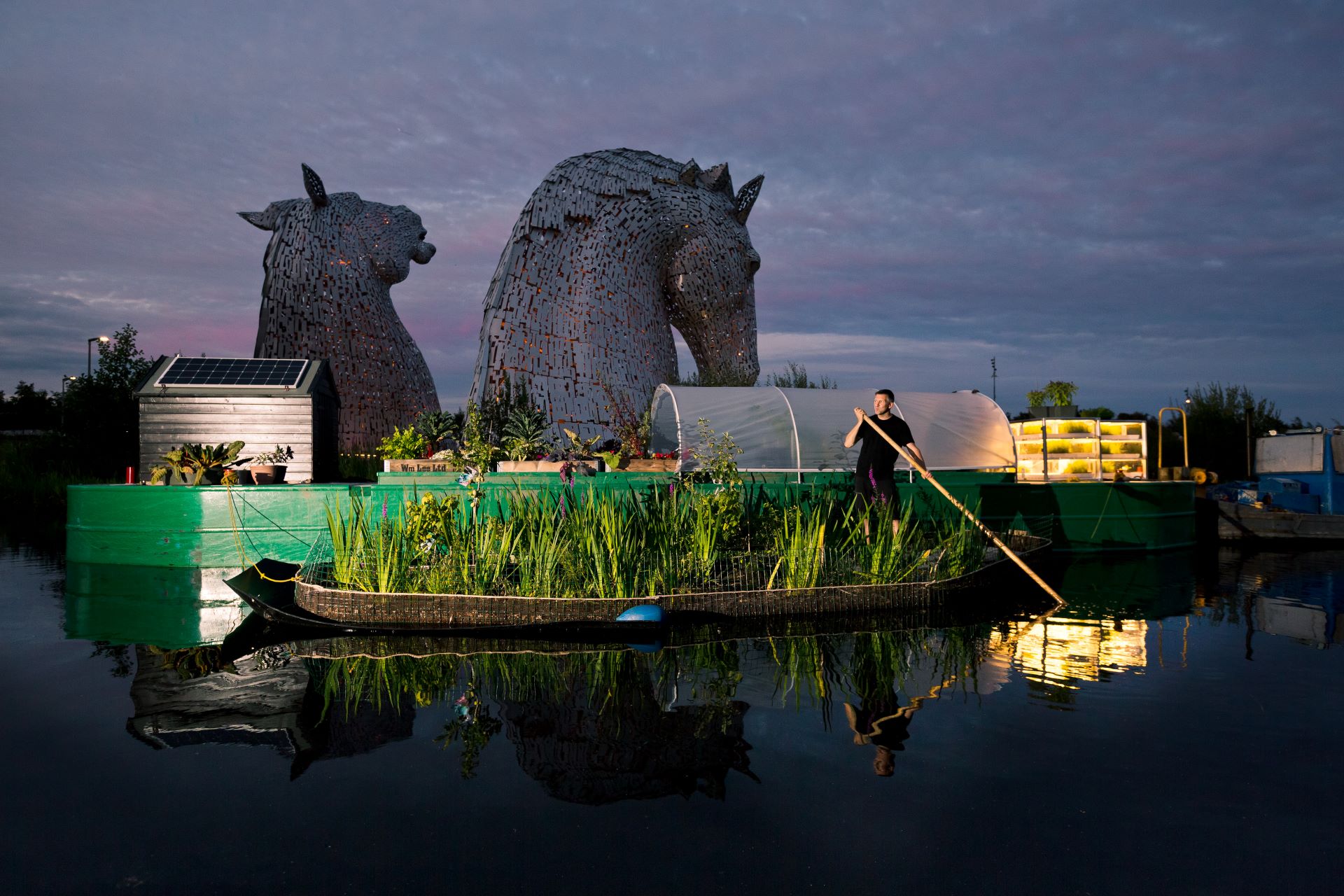
UNBOXED’s claims about creativity
UNBOXED: creativity in the UK was a celebration of creativity and as such it made some clear claims about what creativity is. It said creativity is about science, technology, engineering and maths (STEM) as well as the arts. It said everyone’s creative. It said creativity changes the world.
I have been working in (what we now call) the creative industries for all my professional life, but I have never come across an organisation that stands for creativity in quite the bold way that UNBOXED does.
Even within the creative industries, I have come across some who see creativity as an extra – the sprinkling of hundreds-and-thousands on the trifle of life, rather than the source of life itself. I have encountered the idea that some people are creative, and others aren’t. There are plenty who still see creativity as the preserve of the arts.
What set UNBOXED apart, for me, was the premise that there’s creativity in STEM as well as in arts and culture. The whole programme was built on that. UNBOXED commissioned ten teams to make work around the UK that brought together STEM and the arts in creative collaboration. It commissioned astrophysicists, neuroscientists, engineers, software developers…
To me, that is far more exciting than commissioning arts as arts. I saw UNBOXED as articulating something about the creativity in all of life – if there is creativity in STEM, there is surely creativity in business, sport and parenting too.
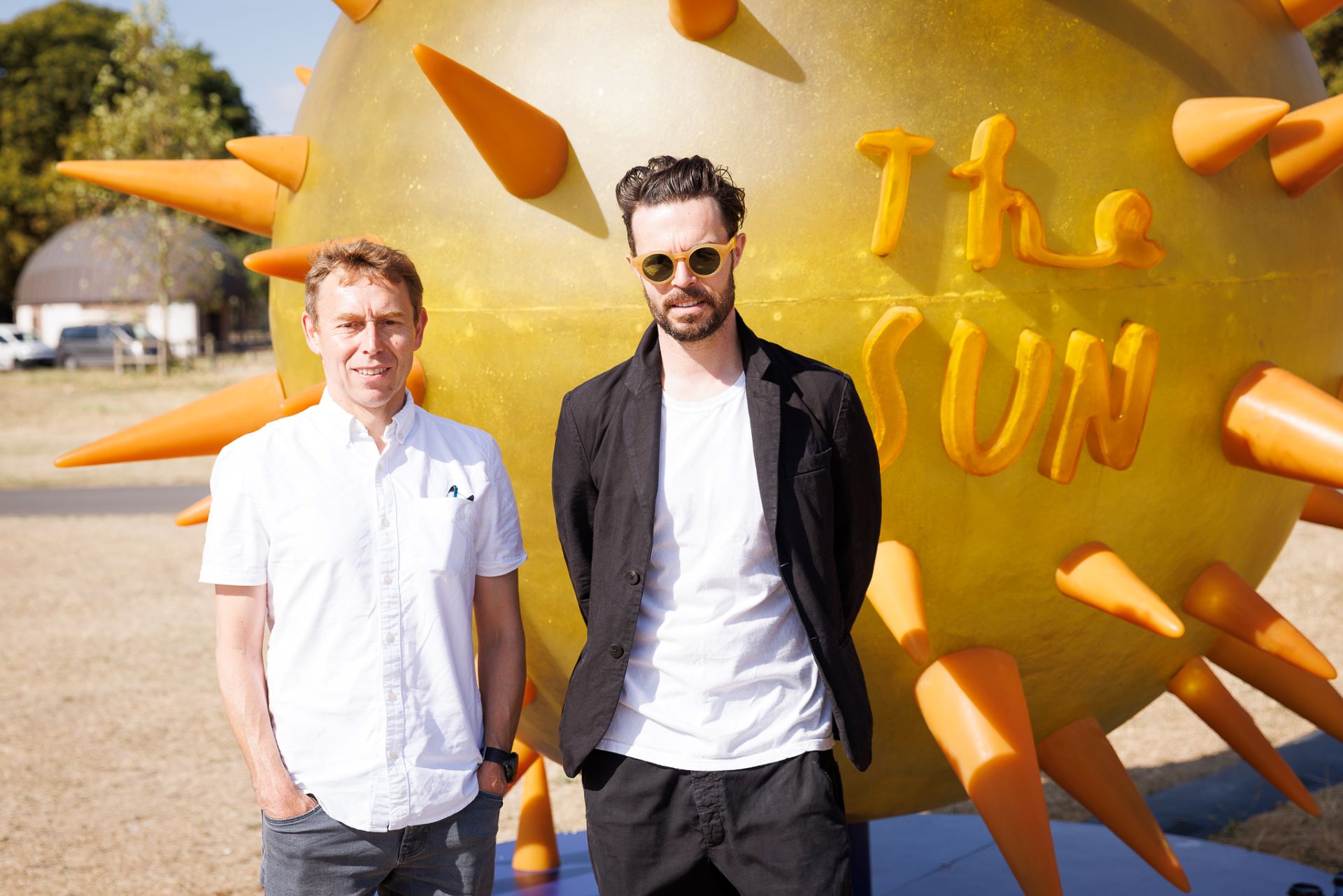
My understanding of creativity
I first become aware of the creative process through writing books. When I wrote my books and sent (what we still quaintly call) manuscripts off to the publishers, I had the sense it wasn’t me that wrote them. I mean, I did write them. Obviously. No one else had even read the manuscripts, much less written them. And yet the books had a feeling of surprise on completion: “Oh so, THAT’S what they were about.” Even I hadn’t known. I found it humbling, as though in writing l had been part of something bigger, participating in something that was mine and not mine at the same time.
Clarissa Pinkola Estes, a storyteller and psychoanalyst of Mexican heritage, offers an image that helps make sense of this: “Always behind the actions of writing, painting, thinking, healing, doing, cooking, talking, smiling, making, is the river, the Río Abajo Río; the river under the river nourishes everything we make.” (Women Who Run with the Wolves)
I have come to imagine creativity as a “river under the river” that flows through the cosmos, flows through the earth and flows through each and every one of us. Being creative involves the discipline of working at your craft, honing, practising, showing up at the page. But it’s also about attending to the river, working with it rather than against it, paying attention to its rhythms and flow, knowing when to keep working and when to let go into dreams, when the ending has come and when you just have to begin.
I never heard anyone at UNBOXED talk about the Río Abajo Río as such. It wasn’t a phrase that was used in the DCMS Select Committees. It wasn’t how we talked about creativity around the office either. But in claiming that everyone’s creative; in funding teams to come together even before they had an idea; in investing in maths and science and tech as much as arts, UNBOXED came closer to my understanding of creativity than any other organisation for which I have worked.
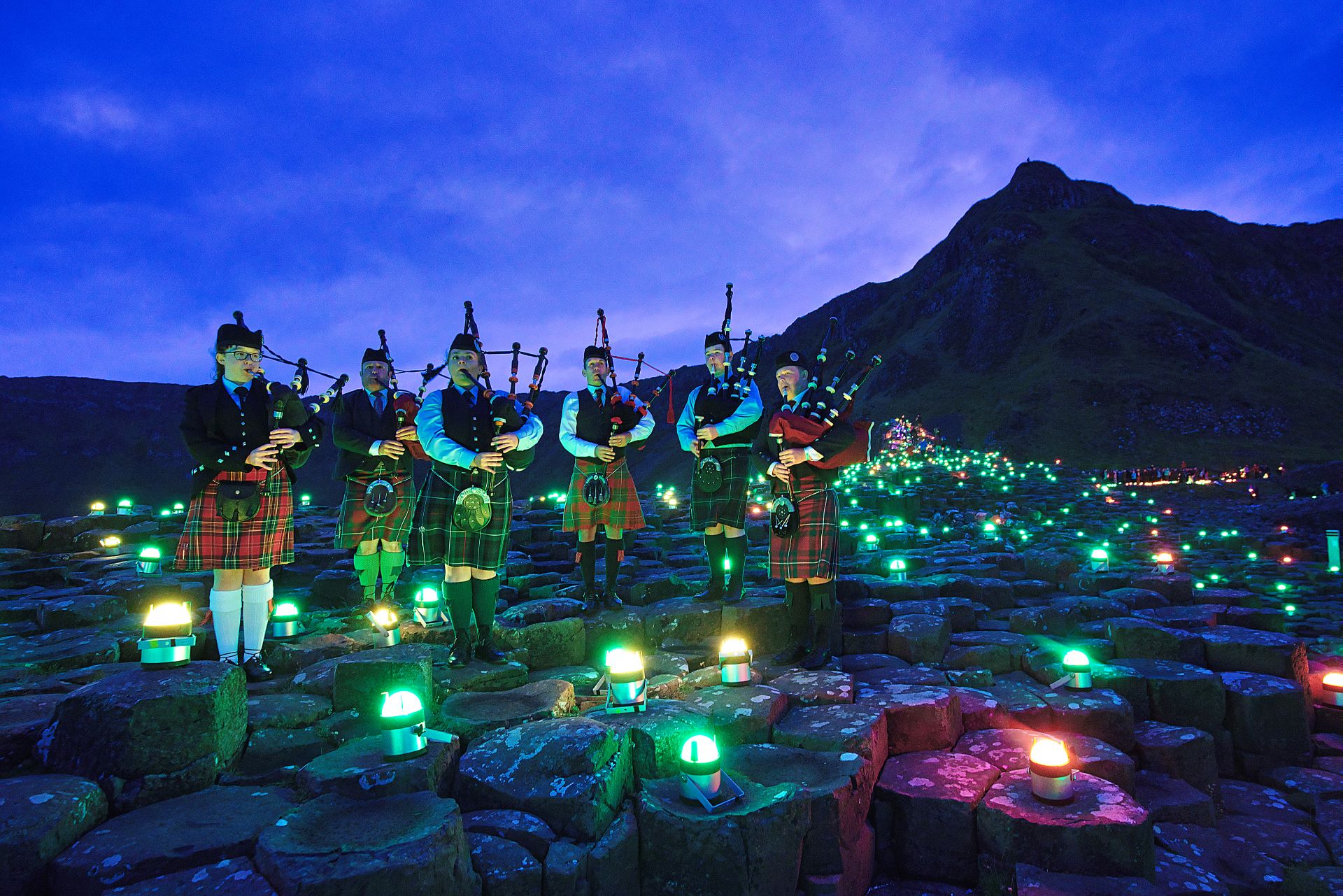
What I gained from UNBOXED
I had a blast working at UNBOXED (see third paragraph). I got paid (of course). I developed new skills (natch). I made friends for life (UNBOXED people were the most brilliant, kind and hard-working I have ever come across). I now have two stripes of grey on either side of my head, like a badger, that my hairdresser has confirmed appeared during the latter part of 2022. I will never know for sure, but I reckon I earned my stripes through the intensity of the way we worked.
I cherish all of those things, even the badger-bit. But what I am most grateful for is the way UNBOXED helped me to be true to my core. I was used to working in places that saw creativity as product, rather than a process; the visual bit rather than the words; the nice stuff rather than where the real work was done. My commitment to the “river under the river” was therefore a private part of me. It was something I would speak of in a whisper, jot down in my journal, share on walks with close friends.
UNBOXED helped me to build a bridge between my core beliefs and the wider world. By placing the centrality of creativity firmly and squarely in the public realm, it enabled me to be myself, speak my truth and do the same.
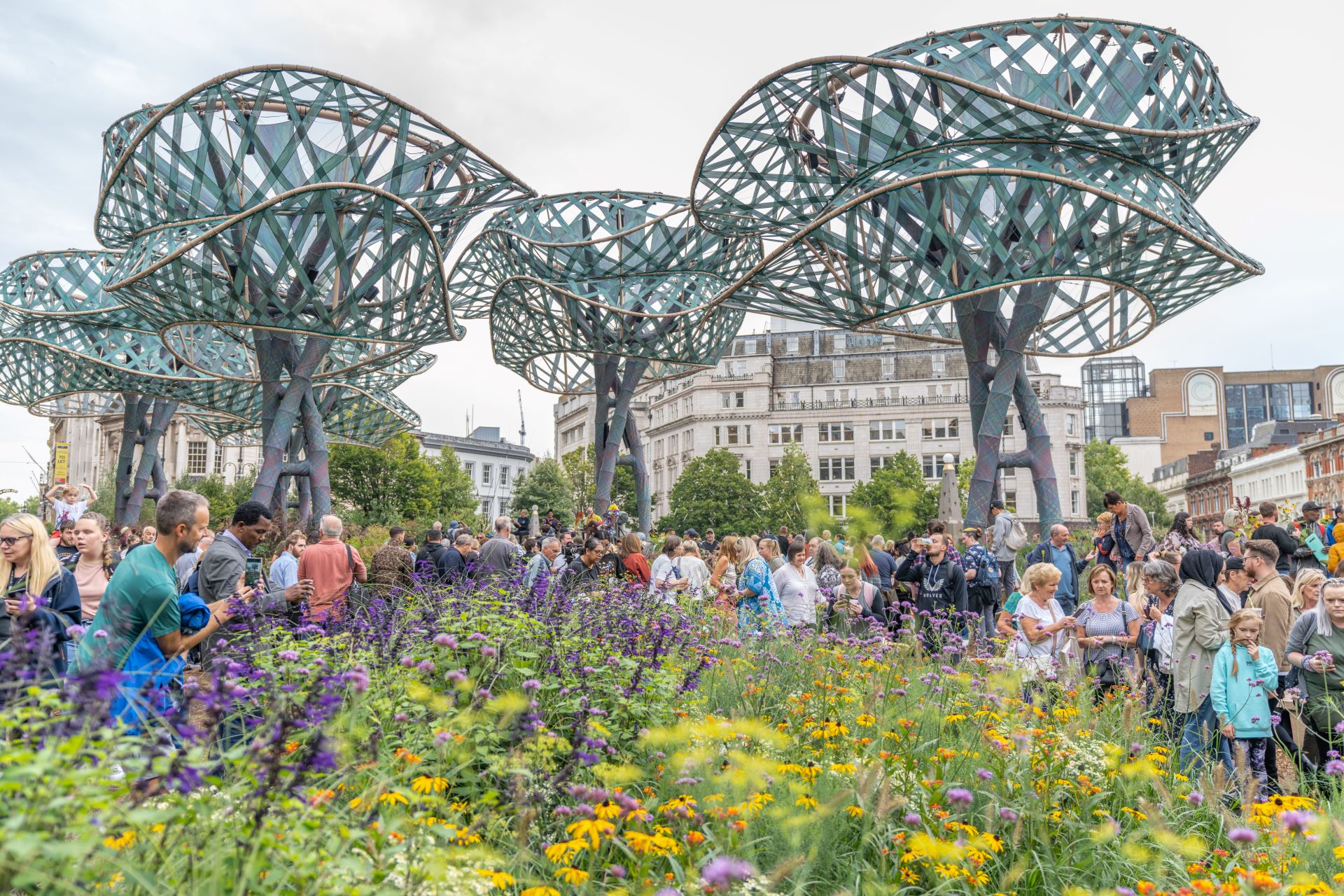
EPILOGUE
Several years ago, before UNBOXED was even a thing, I was working on a project that involved helping people to identify if they were creative. “I have a fundamental objection to this,” I said. “I believe that everyone’s creative.” I was a lone voice and so I quietly withdrew and accepted that the image of creativity as a river that flows through the cosmos, the earth and every human being was just my personal little quirk. Having worked at UNBOXED, I returned to the project and had a similar conversation with colleagues addressing the same issue. This time I didn’t back down.
I love you UNBOXED. X

